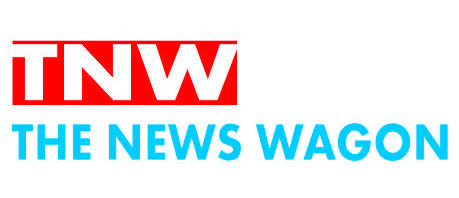New Delhi: Wrong awareness levels alongside high partnering rates, alongside insufficient preventive measures are driving the rapid increase of cases among the population. India maintains one of the biggest worldwide burdens from this disorder due to its 10,000–12,000 annual births of thalassaemia major patients and over 42 million nationwide carriers. The increased number of thalassemia cases stems from limited public awareness, along with elevated carrier frequencies and insufficient measures to implement preventive screening tests with genetic consultative services.
In an interview with News9Live, Dr. Vijay Ramanan, Senior Consultant Clinical Haematologist, Bone Marrow & Stem Cell Transplant, Ruby Hall Clinic, explained how thalassemia cases are on the rise in India and how bone marrow donation could save lives.
People with the prevalent beta-thalassaemia major variant must receive ongoing blood transfusions when they reach early childhood. The need for overflow blood transfusions eventually causes patients to need chelation therapy to stop organ damage from occurring. Most Indian patients experience reduced quality of life because they encounter inconsistent availability of safe transfusions and expensive therapies, and must frequently return to medical facilities.
Emerging Need for Novel Therapies
Thalassaemia major receives therapeutic interventions that only provide relief rather than achieving a cure. The only validated treatment for thalassaemia major is hematopoietic stem cell transplantation from matched sibling donors, yet this therapy remains inaccessible because of both donor shortages and expensive procedures.
Research has established an urgent requirement for new therapeutic options that promise to provide lasting disease management and transfusion freedom. Modern treatments such as gene therapy and gene editing (including CRISPR-Cas9) alongside pharmacological agents for fetal hemoglobin reactivation (including luspatercept and hydroxyurea, and IMIDs) have recently entered the medical landscape. The medical community assesses these treatments through clinical trials while centers across India work on implementing them at their facilities.
Gene treatment specifically demonstrates great potential for medical breakthroughs. The therapeutic approach of autologous stem cell transplantation using genetically modified cells enables a cure even without a donor. Studies using lentiviral vectors to modify the beta-globin gene produced promising early test results, allowing several patients to avoid blood transfusions. The wide adoption of this therapeutic option in Indian resource-limited settings remains obstructed by hurdles involving cost, together with infrastructure and safety system sustainability.
Importance of Bone Marrow Donor Registries and Camps
The widespread availability of gene therapy will not remove the necessity of expanding donor pools for allogeneic stem cell transplants. The main obstacle in India involves the inadequate number of voluntary bone marrow donors. The majority of patients lack sibling donation options, yet the existing unrelated donor registries struggle to represent Indian genetic diversity.
By engaging public-private partnerships and integrating marrow donation information into current health programs, both registration numbers and lives saved will increase significantly. Public-private collaboration with marrow donation inclusion within current healthcare initiatives can enhance participation levels while saving countless lives.
Conclusion
The escalating number of thalassaemia cases in India requires immediate coordinated intervention across various fronts. Traditional transfusion management must persist; however, the development and availability of new curative treatment options should receive immediate priority. Expanding the national bone marrow donor registry requires widespread camps alongside awareness programs to provide more patients with a chance at curative treatment. Future progress in thalassaemia treatment throughout India depends on targeted investments into research and infrastructure alongside public health education.
Thalassaemia major receives therapeutic interventions that only provide relief rather than achieving a cure. The only validated treatment for thalassaemia major is hematopoietic stem cell transplantation from matched sibling donors, yet this therapy remains inaccessible because of both donor shortages and expensive procedures. Health News Health News: Latest News from Health Care, Mental Health, Weight Loss, Disease, Nutrition, Healthcare




